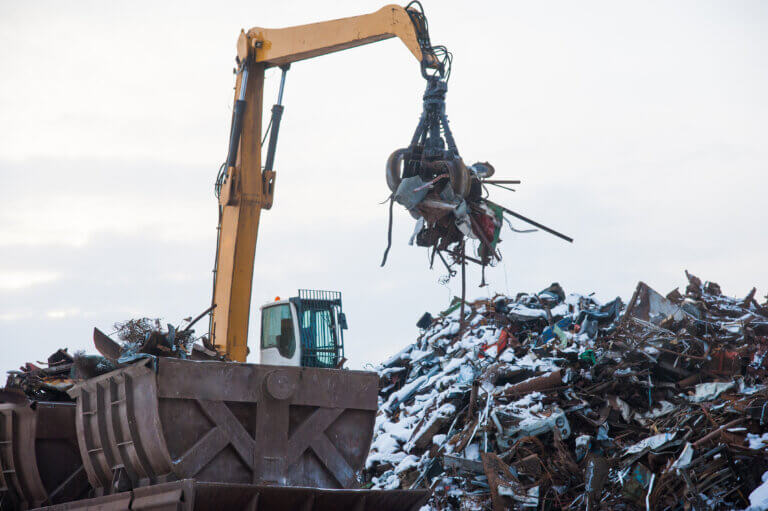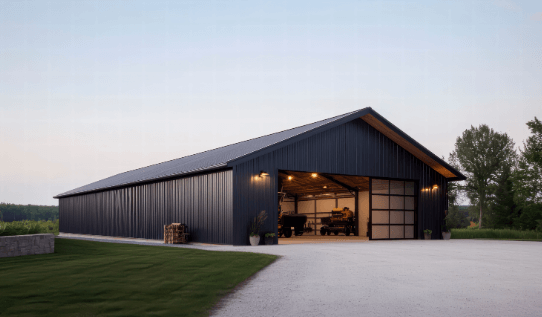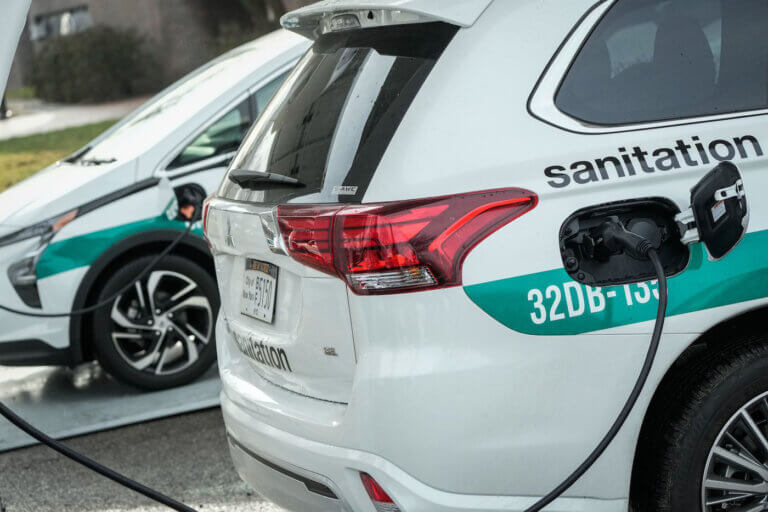The Eco-Sidewalk Revolution: Reimagining New York’s Streets for a Greener Tomorrow
In the heart of New York City, sidewalks are more than simple pedestrian pathways — they are reflections of the city’s history, resilience, and capacity for change. From the brownstone-lined blocks of Brooklyn to the bustling avenues of Manhattan, these paved corridors have long carried the pulse of urban life. But today, NYC’s sidewalks are entering a new chapter — one defined by sustainability, innovation, and ecological responsibility.
This movement, often called the Eco-Sidewalk Revolution, aims to transform traditional concrete slabs into multifunctional systems that reduce carbon emissions, improve stormwater management, and enhance urban biodiversity. As climate change and ageing infrastructure converge, rethinking sidewalks has become essential to building a greener, more resilient New York City.
The Environmental Cost of Traditional Sidewalks
Sidewalks may seem innocuous, but their environmental footprint is surprisingly large. Most of New York’s sidewalks are made of Portland cement-based concrete, a material known for its strength but notorious for its high embodied carbon.
> Cement production alone accounts for roughly 8% of global CO₂ emissions, much of it from the chemical process of converting limestone into clinker.
> The average NYC sidewalk replacement can emit hundreds of kilograms of CO₂ per square metre, depending on material sourcing and construction methods.
> Additionally, impermeable concrete surfaces contribute to urban heat island effects and stormwater runoff, overwhelming drainage systems during heavy rain.
As New York faces increased rainfall and rising temperatures, the need to move away from traditional concrete has become not just environmental — but existential.
Rethinking the Sidewalk: A Sustainable Urban Vision
The Eco-Sidewalk Revolution calls for a redefinition of the humble pavement. Instead of serving only as pedestrian space, sidewalks are now viewed as eco-infrastructure — platforms that can actively store carbon, support green life, and manage water.
This reimagining involves four core principles:
1- Low-Carbon Materials – Using recycled aggregates, bio-cement, and supplementary materials such as fly ash or slag to reduce embodied carbon.
2- Permeability and Drainage – Integrating porous surfaces and sublayers that allow rainwater to infiltrate and recharge groundwater.
3- Urban Greening – Expanding tree pits, adding bioswales, and planting native vegetation to improve air quality and urban biodiversity.
4- Circular Construction – Encouraging material reuse, easy maintenance, and modular design to extend lifespan and minimise waste.
Together, these design shifts are redefining how cities like New York approach infrastructure at the street level.
Bio-Based and Recycled Materials: A Concrete Alternative
Innovators across the globe are now developing materials that replace or reduce conventional cement content. Bio-based composites, geopolymers, and recycled concrete aggregates (RCA) are among the most promising alternatives.
> Bio-Concrete: Incorporates bacteria that absorb CO₂ and help the material self-heal microcracks, extending service life while lowering carbon emissions.
> Recycled Aggregate Concrete: Uses crushed demolition waste, reducing the need for virgin materials and diverting tons of debris from landfills.
> Hempcrete and Mycelium-Based Panels: Lightweight, renewable, and naturally insulating, these materials can be used for sidewalk edging or landscaping components.
> Permeable Concrete: Allows rainwater to flow through pores, decreasing runoff and reducing flooding during storms.
New York’s Department of Design and Construction (DDC) has begun testing some of these sustainable materials in pilot projects, measuring performance in durability, permeability, and maintenance costs.
If you’re assessing the budget implications of sustainable paving, tools such as a concrete sidewalk replacement cost calculator can help estimate financial feasibility while factoring in eco-friendly materials and design modifications.
The Role of Sidewalk Trees and Urban Ecology
Trees have long been silent partners in New York’s environmental health. They intercept rainfall, store carbon, and provide shade to lower surrounding temperatures. Yet many city trees struggle due to limited soil space and compacted roots caused by traditional paving designs.
The Eco-Sidewalk Revolution addresses this by redesigning tree pits into expanded soil cells that give roots more room to grow and water to infiltrate. Systems such as Silva Cells — structural modules that support pavement while preserving underground soil volume — are now being installed beneath select sidewalks.
This innovation not only improves tree longevity but also strengthens the overall sidewalk structure by reducing cracking and uplift from roots. A healthy urban canopy can cool entire blocks, reduce energy consumption, and absorb carbon over decades, directly supporting NYC’s OneNYC 2050 Climate Action Plan.
Smart Sidewalks and Digital Integration
The next stage of sustainable sidewalks isn’t just about the material — it’s about data-driven performance. Smart pavements are being equipped with sensors to monitor temperature, foot traffic, and stormwater flow, providing city planners with real-time data to optimise maintenance and resource use.
Some pilot sidewalks in Manhattan and the Bronx feature permeable pavements with embedded moisture sensors, helping detect early signs of clogging or failure. These insights help the city schedule proactive maintenance instead of reactive repairs, saving both time and resources.
In the future, NYC could adopt a digital twin of its sidewalk network — a virtual model that tracks carbon savings, drainage capacity, and material health. Such technology would transform how the city measures the true environmental impact of its infrastructure.
Community Engagement and Local Innovation
Sustainability in urban design extends beyond materials and engineering — it includes community participation.
Several grassroots initiatives, such as Green Infrastructure Grant Programs and NYC Cool Roofs, encourage citizens and building owners to adopt sustainable upgrades. Similarly, local non-profits are collaborating with city agencies to transform underutilised sidewalks into micro-parks, rain gardens, and social spaces.
These projects demonstrate how sustainable design can improve both environmental performance and community wellbeing. A single block with tree-lined, porous pavements and shaded benches can dramatically enhance the pedestrian experience, reduce heat stress, and encourage walking — an essential component of urban sustainability.
Economic Benefits of Eco-Sidewalks
Contrary to the misconception that green infrastructure is costly, eco-sidewalks often provide long-term financial savings.
1. Reduced Maintenance Costs
Permeable and modular materials can reduce cracking, ponding, and root damage, extending lifespan and lowering repair frequency.
2. Flood Mitigation
Improved drainage reduces street flooding and associated property damage costs.
3. Health and Productivity
Cleaner air, cooler streets, and safer walkways contribute to public health, indirectly lowering healthcare expenses.
4. Property Value Uplift
Neighbourhoods with sustainable streetscapes often experience higher property values and community investment, attracting both residents and businesses.
When economic analysis includes environmental co-benefits — such as carbon sequestration and reduced energy demand — the return on investment for eco-sidewalks becomes even more compelling.
Policy and Regulation Driving Change
New York City’s local government plays a vital role in shaping the future of sustainable infrastructure. Key policy instruments supporting the eco-sidewalk movement include:
> Local Law 97 – Sets carbon emission caps for large buildings, indirectly driving interest in low-carbon materials.
> NYC Green Infrastructure Program – Funds stormwater management systems like rain gardens and porous pavements.
> PlaNYC and OneNYC – Strategic frameworks promoting sustainability, resilience, and equitable development across the five boroughs.
By aligning sidewalk projects with these frameworks, contractors and planners can access grants, technical support, and visibility for green innovations.
Looking Ahead: A City That Breathes Beneath Your Feet
Imagine walking down a New York block where the sidewalk itself absorbs rainwater, stores carbon, supports thriving trees, and stays cool in the summer heat. Beneath your feet, recycled aggregates and living materials quietly work to clean the air and sustain the city’s ecological balance.
This vision is not far off. Through progressive design, public-private partnerships, and informed urban planning, New York is already paving the way — quite literally — to a greener future.
The Eco-Sidewalk Revolution is more than an upgrade in materials; it’s a shift in mindset. It’s about treating infrastructure as a living system that contributes to planetary health rather than depleting it. Each new stretch of sustainable pavement is a small victory in the city’s journey toward carbon neutrality.
Conclusion
New York’s sidewalks are entering an era of transformation — from grey slabs to green arteries that support both people and the planet. As technology and environmental awareness evolve, the city’s approach to infrastructure must follow suit.
For architects, planners, and homeowners alike, reimagining sidewalks offers a tangible opportunity to reduce emissions, manage stormwater, and improve quality of life — all while preserving the architectural rhythm of New York’s iconic streets.
If you’re exploring eco-friendly restoration or upgrades, consider consulting experienced sidewalk repair contractors NYC who understand sustainable materials, green design, and local compliance. Together, they can help ensure that the city’s next generation of sidewalks reflects not only progress — but also purpose.


 When metal ends up in a landfill, it doesn’t break down as easily as other waste. It can sit there for decades or even centuries, taking up valuable room.
When metal ends up in a landfill, it doesn’t break down as easily as other waste. It can sit there for decades or even centuries, taking up valuable room.
 Keeping animals cool and the air fresh is a constant job, especially in a livestock shelter.
Keeping animals cool and the air fresh is a constant job, especially in a livestock shelter.
 There are many types of natural stone to choose from. The ones you choose to install all depend on the aesthetic you’re going for. Each one retains heat and cold air differently.
There are many types of natural stone to choose from. The ones you choose to install all depend on the aesthetic you’re going for. Each one retains heat and cold air differently.




